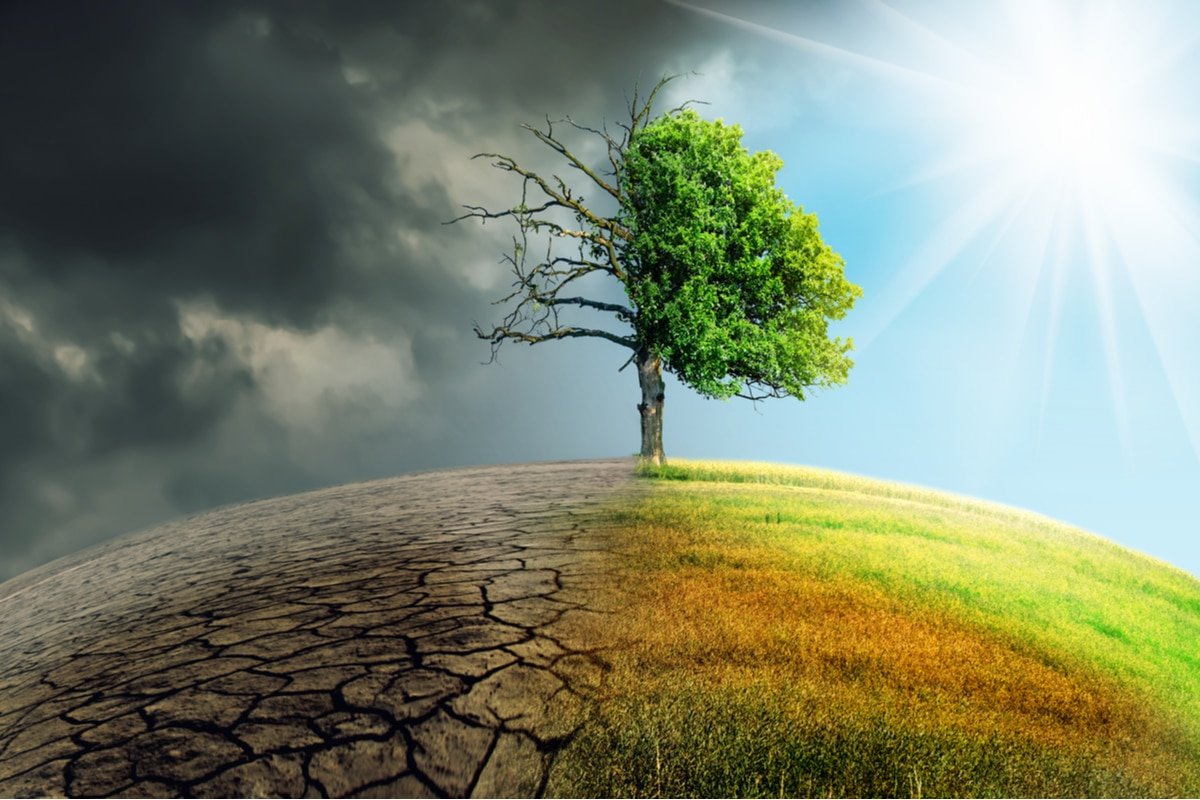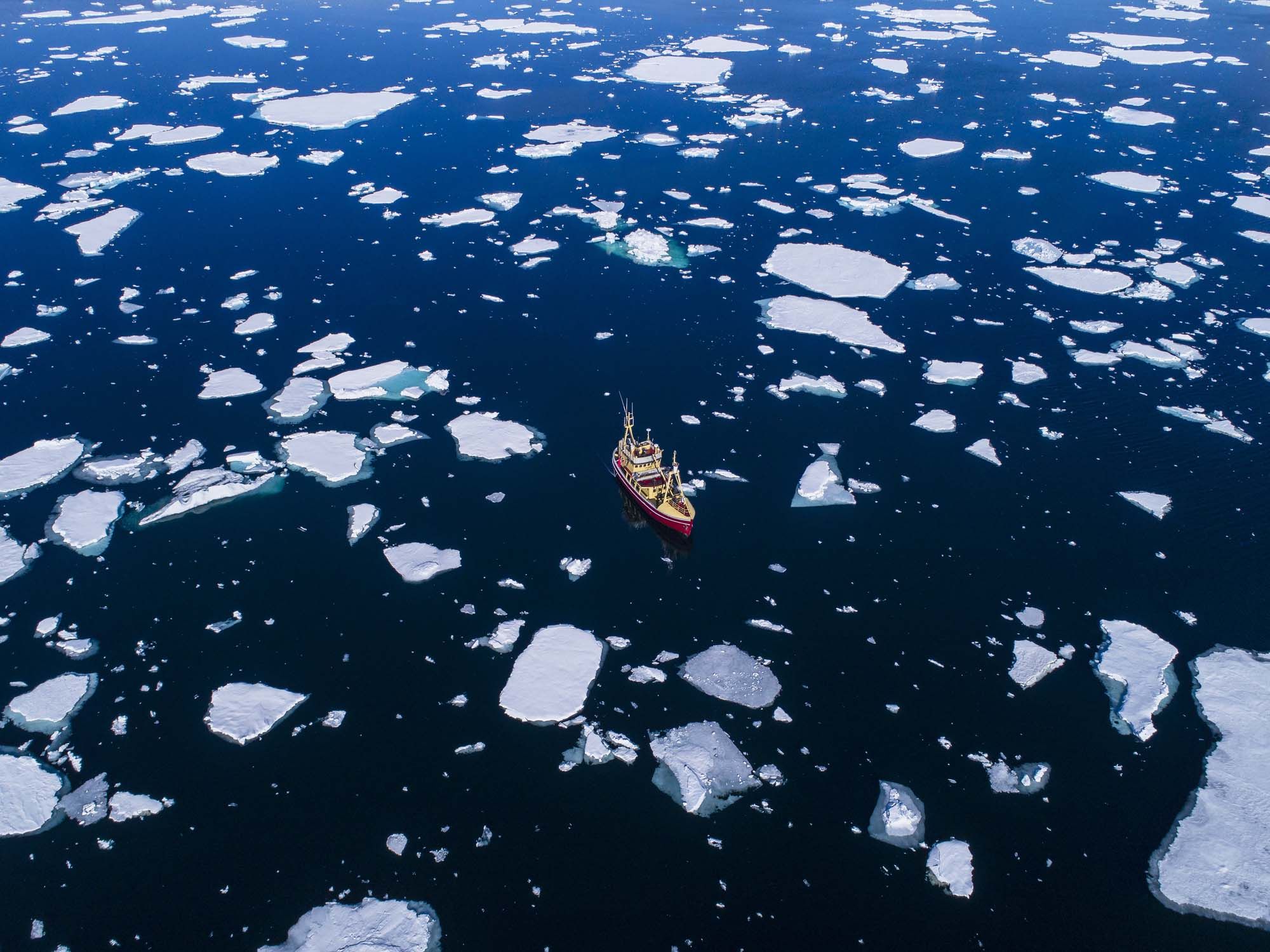© 2000-2023 - Enkey Magazine - All rights reserved
ENKEY SNC - VAT ID IT03202450924 / REA Code CA253701 - Phone. 078162719
The planet Earth is the only home that we have, let’s care it. A small rocky planet hanged to the texture of the universe, the only human-friendly place. However it isn’t so welcoming as we think. There are some areas of the planet Earth unlivable, the list increased because of the global warming ans so many other areas will become unwelcoming for the human, if we don’t do something in time.
Unlivable areas for a third of the global population
A study, made by an international group of scientists, and published on the Pnas report (Proceedings of the National Academy of Sciences), tells about a future scenario which is not so nice.

Hot areas of the planet, flora and fauna halved, unbreathable air. It isn’t a science-fiction movie, but the scenario described on the Pnas report, that sees a third of the global population without a welcoming place where to live in 50 years.
We always heard talking about the global warming and about how this affected, negativelly, the life of the animals. All of us know very well the images of the polar beard exhausted that sees disappear its own natural habitat. The forced migraton, the endangered specie.
But no one never talks about what the global warming is doing to the human race. Going on like this in 50 years will become unlivable the areas of the planet where, currently, live about a third of the global population, and at least a billion of people will be endangered.
The study of the Pnas
The study starts by examinating how the human chose to mainly live in that areas of the planet where the medium temperatures goes from the 11 to the 15 degrees, a favourable climate for the agriculture and livestock.

At the current rate, in 50 years, that areas will have medium temperatures much higher and a third of the global population will have a medium temperature of 29 degrees. This is the temperature that today we can find in the deserts, in someone between the most unlivable areas of the planet.
Therefore, the areas most affected by the global warming are right the ones with the most critical economic situations, going so to further weigh on the population.
All of it, according to the scientists that wrote the study will bring to massive migrations, by going to fully rewrite the political geography of the planet. The evolution of the human being will see, in less than 50 years, a geographical redistribuition of the population.
The temperature of the wet bulb, sign of unlivable zones
In recent years we heard too often to talk about the global warming, but never about the temperature of the wet bulb. It is a composed measure that consider not only the temperature but even the humidity of the area.

It is calculated with a simple thermometer covered by a wet cloth. The maximum temperature of the wet bulb that the human body is able to feel is 35°. Besides which the body isn’t able to get cold enough through the sweat.
Lately this parameter is increasingly passed, even in inhabited zone of the planet. The worst results were found in the Persian Gulf, in India, in Pakistan, in the United States and in Mexico, by measuring temperatures of the wet bulb between the 27 and the 35°.
In some extreme cases the limit of 35° is even passed. It never happened before. We are talking about two different phenomenon, the one of the city of Jacobabad, in Pakistan, and the one of the city of Ras Al Khaimah, in the Emirates.
Even if 35° is the maximum that the human body can tolerate even under this limit isn’t a joke. In the 2003 a heat wave overwhelm the Europe by doing many deaths, with a temperature of wet bulb of “just” 28°.
According to the researchers this kind of phenomenon are ever more frequent, “extreme conditions, that pass the limit of tolerance of our body, are ever close that what we think, at least somewhere in the world”.
This post is also available in:
 Italiano
Italiano

